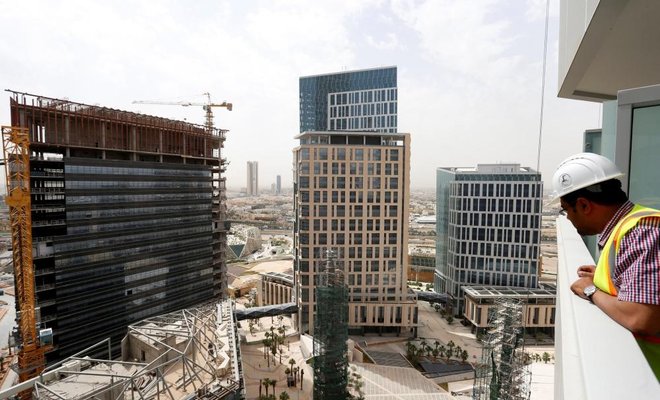
Saudi deflation continues for third consecutive month: Report
Deflation in Saudi Arabia continued for the third consecutive month and reached 0.4 percent, up from 0.1 percent in February, said a Jadwa Investment report issued on Sunday.
Although foodstuffs registered deflation, it was at a slower year-on-year rate of 2.7 percent, compared to 3.4 percent in February.
According to the report, year-on-year housing and utilities inflation slowed to 0.68 percent, compared to 1.4 percent last month, due to slower growth in rental for housing.
Economic data for March showed that economic activity in the Kingdom had mildly improved, with cash withdrawals from ATMs and point of sale (POS) transactions showing rises.
In March, the report showed, the net monthly change in government accounts with the Saudi Arabian Monetary Agency (SAMA) came out negative, falling by SR4 billion.
Also during the month, SAMA foreign exchange (FX) reserves fell to $508 billion, representing a $5.4 billion decline on a month-on-month basis.
Analysts expect the international Islamic bond issued in April to alleviate the pressure on FX reserve withdrawals in the months ahead.
Year-on-year growth in bank credit to the private sector in March turned negative for the first time in at least 11 years.
Both Brent and West Texas Intermediate (WTI) prices were up month-on-month in April. Continued optimism surrounding a possible extension in the Organization of the Petroleum Exporting Countries (OPEC) and non-OPEC cuts helped lift prices.
The report showed a 1 percent decline in Saudi Arabia’s crude oil production in March, as the Kingdom remained firmly committed to cutting oil production in compliance with the OPEC deal. This is further supported by the latest available data, which shows that Saudi crude oil exports in February fell to the lowest level in around two years.
According to the report, the Tadawul All Share Index (TASI) has been trading within a narrow band in the last few months and this trend continued in April with the index effectively flat on a month-on-month basis.


























